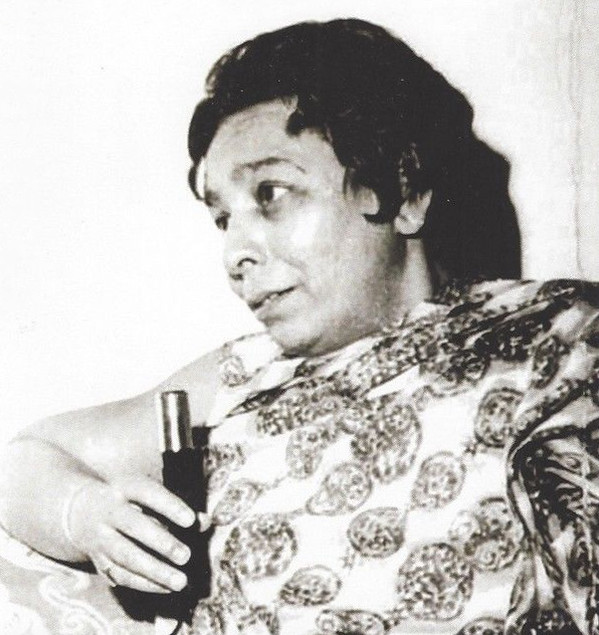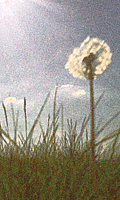


NEWS:
Only a few days left to hear our September stream - otherwise go to MixCloud to listen without detailed artist/gig info
Artist Info
|
Shamshad Begum  Image from Discogs  Shamshad Begum (born April 14, 1919) is an Indian singer who was one of the first playback singers in the Hindi film industry. Shamshad Begum (born April 14, 1919) is an Indian singer who was one of the first playback singers in the Hindi film industry.Begum was born in Amritsar, Punjab. She was a big fan of K.L. Saigal and watched Devdas 14 times. She earned 15 rupees per song and was awarded 5,000 on the completion of the contract on Xenophone, a renowned music recording company. Begum made her debut on radio on Peshawar Radio in Lahore on December 16, 1937, captivating the hearts of her listeners with the enchanting depth of her voice. Shamshad was very much conscious of her not so beautiful face and she never posed for any pictures and not many people saw her pictures anywhere. Until the end of the 1970s, nobody knew her face at all, though everybody could recognise her melodious voice as it was used by the great maestros like Naushad Ali and O. P. Nayyar. Even today, her songs from the 1950s, 1960s and early 1970s are popular and continue to be remixed by music directors. Begum sang for the All India Radio (AIR) through her musical group 'The Crown Imperial Theatrical Company of Performing Arts', set up in Delhi. The then AIR Lahore helped her entering the world of movies as they frequently broadcast her songs, which induced music directors to use her voice for their films. Shamshad also recorded naats and devotional music for a couple of gramophone recording companies. Her crystal-clear voice caught the attention of sarangi maestro Ustad Hussain Bakshwale Saheb, who took her as his disciple. Lahore-based composer Ghulam Haider used her voice skillfully in some of his earlier films like Khazanchi (1941) and Khandaan (1942). When he moved to Bombay in 1944, Shamshad went with him as a member of his team, leaving behind her family and staying with her Chacha (paternal uncle). She is credited with singing one of the first Westernised songs, Meri jaan...Sunday ke Sunday by C. Ramchandra. O.P. Nayyar describes her voice as that of a "temple bell" for its clarity of tone. Begum became a national rage between the 1940s and the late 1950s, having a voice different from her peers like Lata Mangeshkar, Asha Bhonsle, Geeta Dutt and Amirbai Karnataki. Read more on Last.fm. User-contributed text is available under the Creative Commons By-SA License; additional terms may apply. Artist biography from last.fm Some other places to look for information: last.fm Discogs MusicBrainz |
